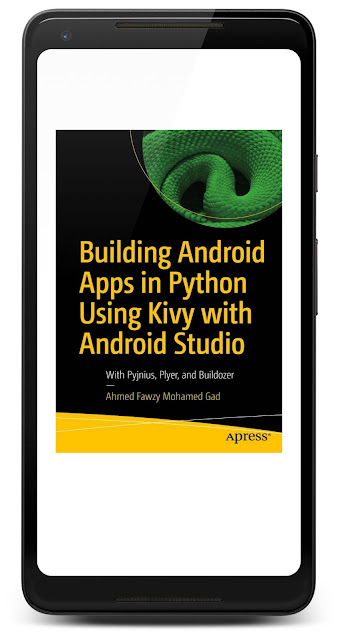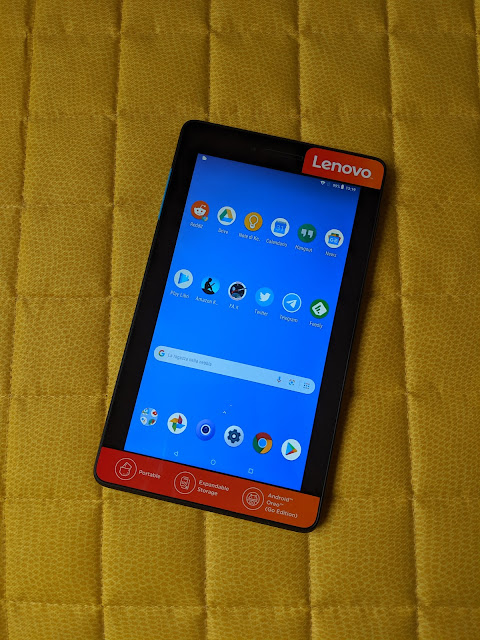I Was Interviewed by Repl.it

Nathan Zilora interviewed me for Repl Talk and Repl.it Weekly, the Repl.it community forum. After a brief introduction I talked about how I started using Repl.it, how I plan to combine astronomy and programming in my activities, the Astropy astronomy Python library and how programmers can learn to use it, the space podcast I co-host, and the Google Product Experts Program I'm a member of. My interview on Repl.it's community forum Repl Talk. Thanks to Nathan and Repl.it for the opportunity of sharing my experiences and thoughts! Repl.it is a multi-language cloud IDE. It supports dozens of programming languages and frameworks. It’s my favorite IDE because it works fully in the cloud, a killer feature for a Chrome OS enthusiast like me. Repl.it pushes the limits of what development tools can do in the cloud. It’s constantly improving and provides some advanced features, such as Multiplayer Mode for collaborative development and Git/GitHub support . Another neat fea...




